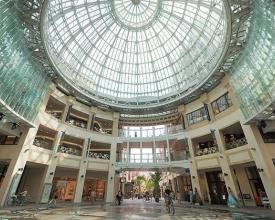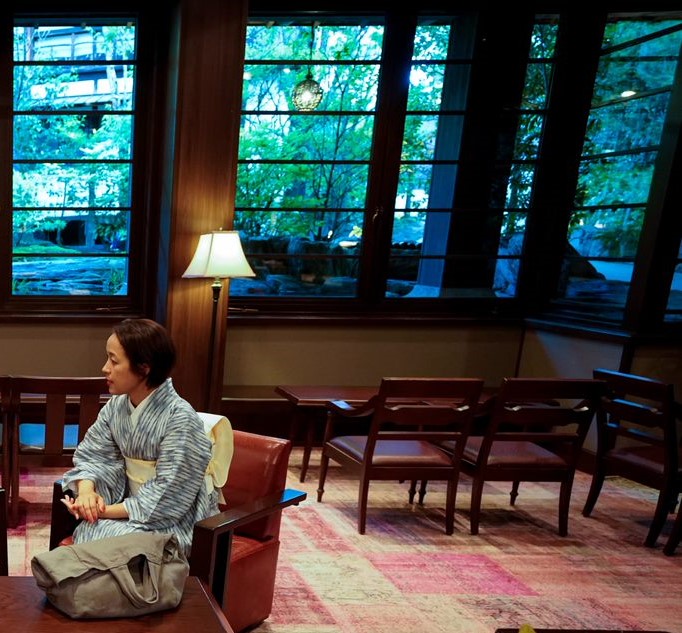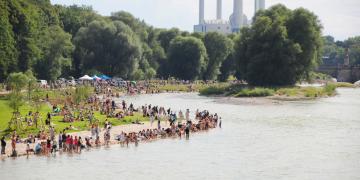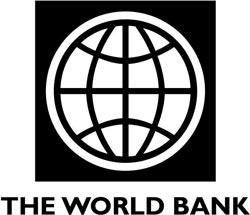
Land/Business Owner-driven Urban Revitalization
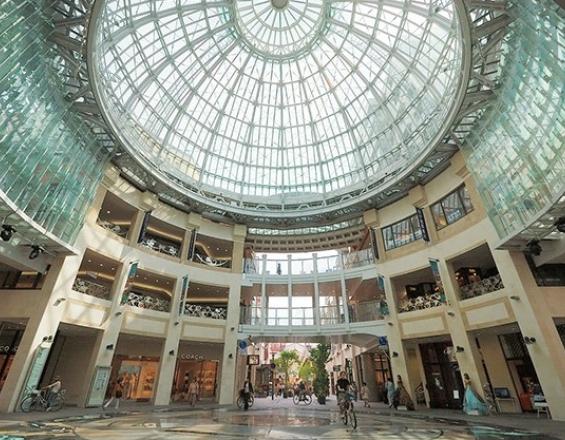
The Marugamemachi Shopping Street in Takamatsu City is one of the innovative cases of urban revitalization uniquely initiated and led by land owners. Takamatsu City, the capital city of Kagawa prefecture, evolved as a critical exchange point for people and goods between Shikoku Island and mainland Japan. The district of Marugamemachi, in particular, has been playing a central role in the city’s trade and commercial activities. However, it started to suffer from rapid urban decline when the local economy was opened up to the main land due to emergence of a new bridge over a strait. To stop this rapid urban decay, Marugamemachi’s land owners initiated a revitalization project of the shopping street in a rather unconventional way.
Contexto
Défis à relever
Both the district of Marugamemachi and Takamatsu city started suffering from rapid urban decline in the 1990s following the construction of Seto Ohashi Bridge, which opened up the island’s consumer market to large companies from the mainland. Local consumption largely shifted from the traditional retail streets to the large stores and suburban shopping malls established by major retailing companies. Land values in the central district dropped significantly and the city government lost a large amount of income from property taxes.
Ubicación
Procesar
Summary of the process
Many rural towns and land owners in old commercial districts are seeking innovative ways to revitalize local economies. However, it is not easy for individual land owners to build consensus among all the stakeholders in the neighborhood and it can be difficult to find funding sources for redevelopment projects - hence the coordination of land owners and ensuring their initiative (with sufficient government assistance) is critical.
Building Blocks
Strong Local Private Initiatives to Revitalize an Urban District
Historically, retailers along old shopping streets are both individual land owners and local business operators. Although a large-scale redevelopment project has a great potential to generate huge benefits to all the stakeholders, these land owners are often less cooperative with each other for protecting their own property rights. In the case of Marugamemachi, this issue was solved by land owners’ decision to lease their land use rights for the redevelopment project while retaining their property rights, with the strong initiative of local land owners themselves. Through this ownership arrangement, fragmented land lots with different owners were efficiently consolidated into a large parcel for redevelopment and leased to a community development company. Then, the company selectively invited new competitive tenants in consideration of a well-balanced mix of business types to make the place more attractive for customers.
Enabling factors
- Local leadership, both from the public and private, to serve as brokers to bring together land owners and various stakeholders
- Urban redevelopment law that allows to exchange land rights and also to separate the land use rights from the landownership
Lesson learned
It is essential to strongly motivate all owners to redevelop by clarifying both potential project risks and investment returns and tightly unite them by sharing vision and goals of redevelopment. The strong will of local communities for redevelopment and the involvement of experts to support the redevelopment are also key factors for success.
Land Owners in the Driver's Seat
In the case of Marugamemachi, a community development company manages a range of properties and services (e.g., commercial buildings, housing, tenants, car parking, and community bus operation). In contrast to such companies that in general often hire city officers or private executives to promote and coordinate redevelopment projects, all the staff are business professionals who have rich knowledge and experience in managing commercial buildings. Financially, 95% of the investment to the company comes from the private sector and the rest comes from the local government. This means that the involvement of local government is very limited in the management of the company. Nevertheless, several government subsidy schemes were utilized for the re-development project to reduce the amount of borrowing from banks, which resulted in a reduced financial burden for the land owners.
Enabling factors
- Government's understanding of themselves as "facilitators" "brokers" of the redevelopment initiative
- Presence of a local body coordinating individual land owners (e.g. Community Development Company in this case - see project overview for details)
- Professional expertise of a community development company on property and business service
Lesson learned
Government financial support is important to implement capital-intensive redevelopment projects to reduce the financial burden and lower the risks for the group of small land owners leading the projects. However, in the case of private-based redevelopment efforts like this particular case, governments should not always be at the centerpiece in the decision-making process. Less government involvement encourages land owners to take initiatives, make immediate decisions, and expedite revitalization at their own risk and expense.
Impacts
Economic Impact: Since the first redevelopment in Zone A was completed in 2006, the vacancy rate of tenant spaces in Marugamemachi has been much lower than those in other comparable districts. Through residents developed under the project, population in the district has increased and promotes business opportunities. The regeneration of Marugamemachi also increased the land value of the district, resulting in increased revenue for the government from property, income, and consumption taxes.
Social Impact: In an aging society, there is an increased demand for urban housing units with convenient access to various private and public services within a walkable distance. By redeveloping the old retail street, Marugamemachi meets such unconventional needs for an active aging population. It also brings back young households to the central district by creating an attractive living environment.
Environmental Impact: The redeveloped district produced human-scale built environments that encourage car-free lifestyles. For example, the main street was pedestrianized and covered with a glass ceiling, various commercial and public facilities were located within a walkable distance, and high-rise residences were developed without car parking spaces, all of which contribute to reducing private car usage and greenhouse gas emissions.
Beneficiaries
- Residents of Marugamemachi district and Takamatsu City
- Local stores and land owners
